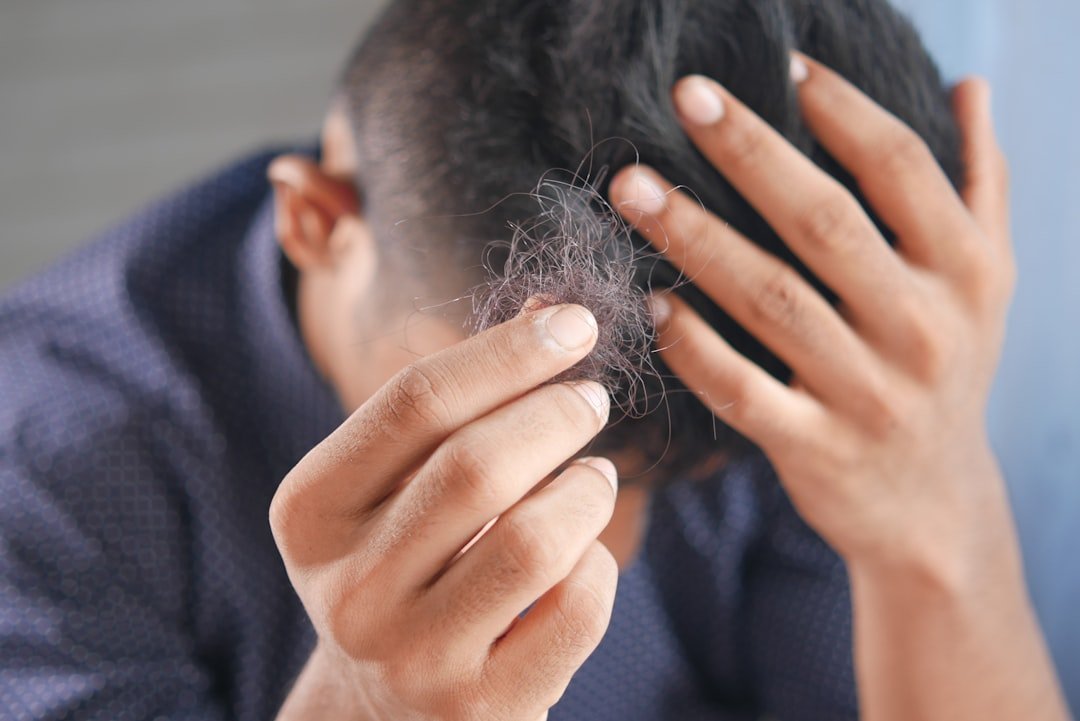If you’ve recently had a hair transplant, proper aftercare is vital to achieving optimal outcomes and minimizing risks of complications. Adopting a new hair care regimen involves several critical steps. Here’s what you need to know about caring for your new hair and scalp.

Initial post-transplant hair care steps
Hair transplant aftercare explained
The initial days and weeks following your hair transplant are pivotal. Your surgeon will give you personalized instructions based on your specific procedure. Adhering to these guidelines is crucial, as it greatly influences your recovery and the final appearance of your hair.
Immediately post-surgery, your scalp may be sensitive and swollen. It’s essential to handle this area delicately and allow time for your newly implanted follicles to start their growth process.
Emphasizing cleanliness
Maintaining a clean scalp is imperative to prevent infections and set a healthy stage for hair growth. Always use the products recommended by your surgeon or dermatologist. They might advise you to choose a gentle, sulfate-free shampoo specifically formulated for sensitive skin.
Don’t wash your hair immediately unless instructed otherwise; typically, surgeons advise waiting at least 48 hours before your first shampoo. This precaution serves to minimize irritation and allows the grafts to secure properly.
Washing routines and methods
Washing frequency
Initially, limit how often you wash your hair. After your waiting period, gently cleanse your hair every two to three days. As your scalp heals, you can gradually return to your usual washing habits, but always prioritize a soft approach during this recovery phase.
Regular washing prevents the buildup of dirt and oils, which can lead to infections if left unchecked. Furthermore, a clean scalp is more conducive to hair growth.
Gentle hair washing methods
When it’s time to clean your hair, how you do it is just as crucial as the products used. Apply shampoo gently and massage it into your scalp using your fingertips, avoiding any scratching as it can disturb the grafts and irritate your scalp. Always rinse thoroughly with lukewarm water.
Let your hair air dry as much as possible. If needed, a blow dryer can be used on a cool setting, but keep it at a distance from your scalp. Avoid rubbing your hair vigorously with a towel; instead, gently pat it dry to prevent damage to the new grafts.
Protecting your scalp and ensuring effective post-operative care
Covering your scalp
After your hair transplant, shielding your scalp from external factors is vital for a successful recovery. Protect your scalp from direct sunlight by wearing a hat outdoors to guard against harmful UV rays, which can damage sensitive skin and impede healing.
Steer clear of exposing your scalp to extreme weather conditions like severe cold or strong winds, as these can irritate the surgical area and prolong recovery. Maintaining a comfortable temperature around your healing area facilitates quicker rejuvenation.
Limiting physical activity
While remaining active is generally beneficial, it’s crucial to avoid strenuous physical activities during the early recovery phase after a hair transplant. Intense workouts can elevate blood flow to your scalp, potentially causing swelling or shifting newly placed grafts.
Light activities like walking are acceptable, but avoid rigorous exercise, lifting heavy items, or any demanding tasks for at least a few weeks. Always consult your surgeon for personalized recommendations regarding your return to regular physical activities.
Crucial strategies to prevent complications
The necessity of avoiding scratching
While an itchy scalp can occur during the healing phase, it’s vital to resist the temptation to scratch. Doing so can introduce bacteria, leading to infections or dislodging fragile grafts.
Your doctor may suggest medicated sprays or cooling solutions to alleviate itching. Maintaining hydration on your scalp can also help ease discomfort and reduce the desire to scratch.
Preventing infection through careful habits
Infection prevention is a cornerstone of effective post-operative care. Cleanliness combined with avoiding certain behaviors—like frequently touching your scalp or wearing tight hats—can significantly reduce the risk of bacteria entering the area.
Ensure that any items coming into contact with your scalp, such as combs or brushes, are sanitized. Gently comb your hair with clean tools, and make sure to wash your pillowcases and bedding regularly to keep them free from bacteria.
Long-term strategies for best outcomes
Caring for your transformed hair
As your transplanted hair starts to grow, it’s essential to continue nurturing it for lasting success. Use gentle yet nourishing hair care products to sustain the strength and vitality of your hair.
Incorporating quality conditioners and hair masks into your routine can help maintain health and shine, ensuring that each strand is properly fortified.
Regular follow-ups and monitoring
Even after the initial recovery phase, ongoing appointments with your healthcare provider are significant for tracking your progress. Regular check-ins allow professionals to observe your growth, address any delayed issues and offer personalized advice for continued care.
If you experience any unusual symptoms such as persistent redness, excessive swelling, or abnormal hair loss, reach out to your healthcare provider immediately for guidance.
-
Follow your surgeon’s instructions carefully.
-
Maintain cleanliness to reduce infection risks.
-
Practice gentle hair washing techniques.
-
Avoid scratching and unnecessary physical exertion.
-
Protect your scalp from adverse conditions.




